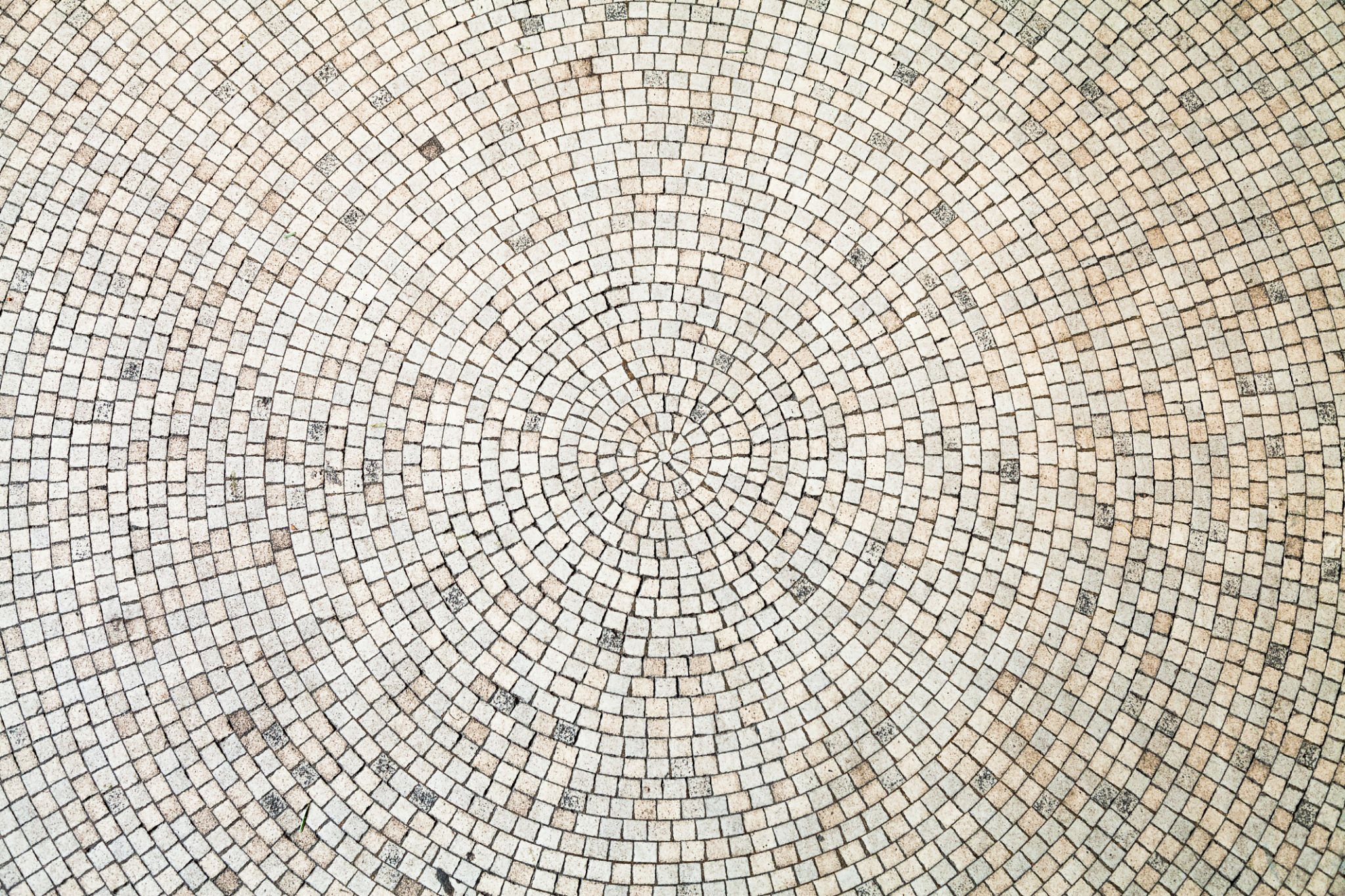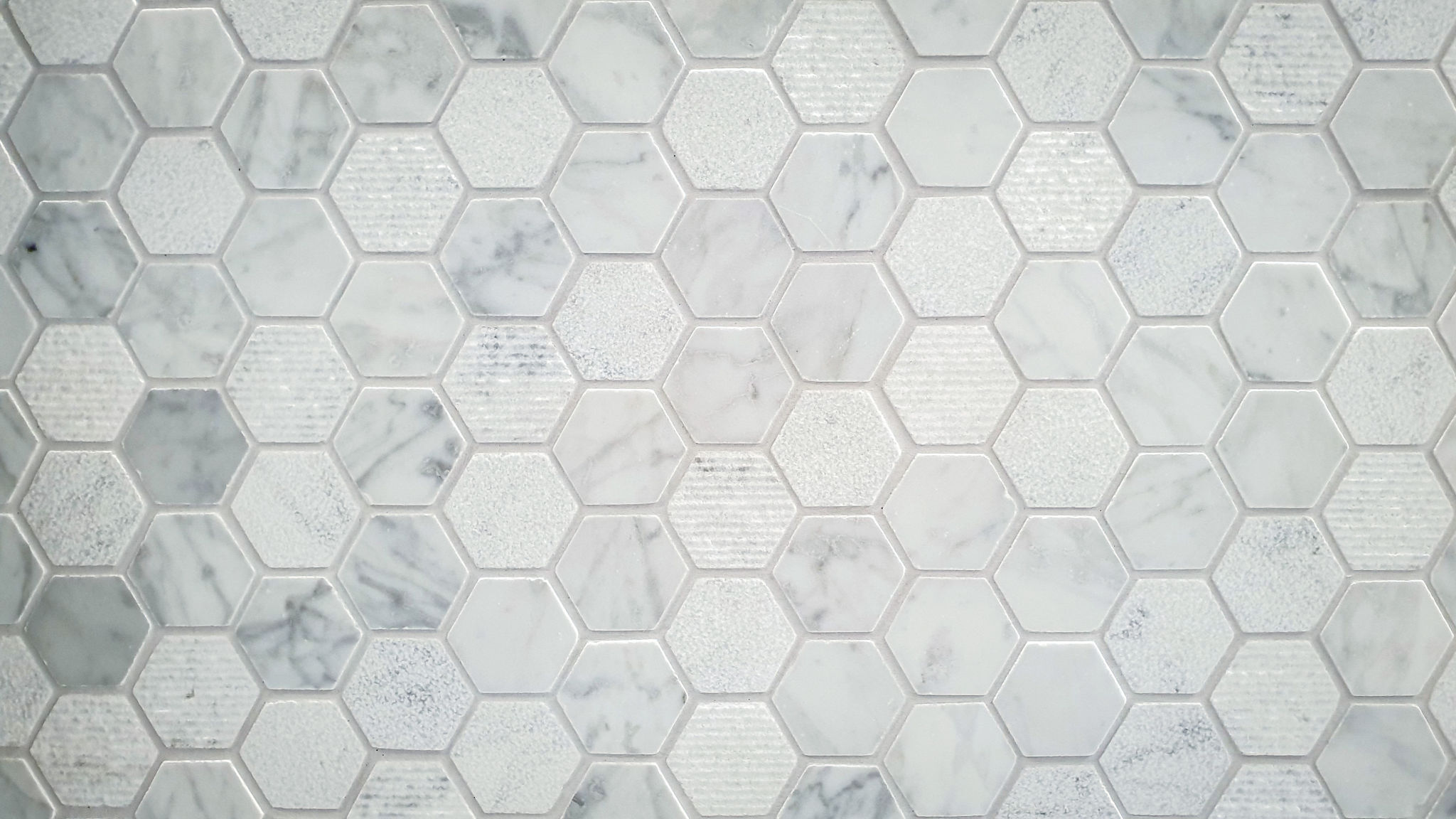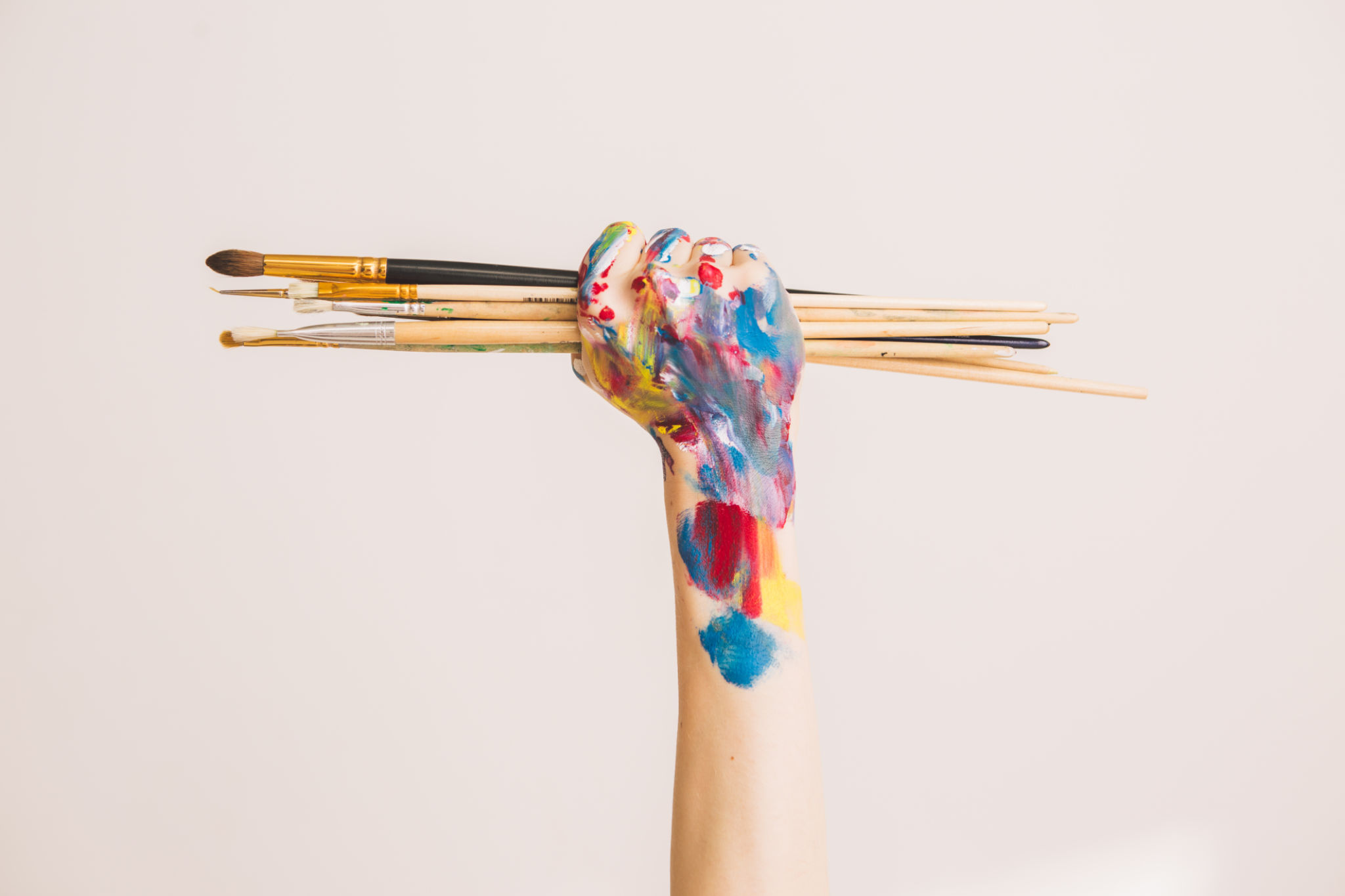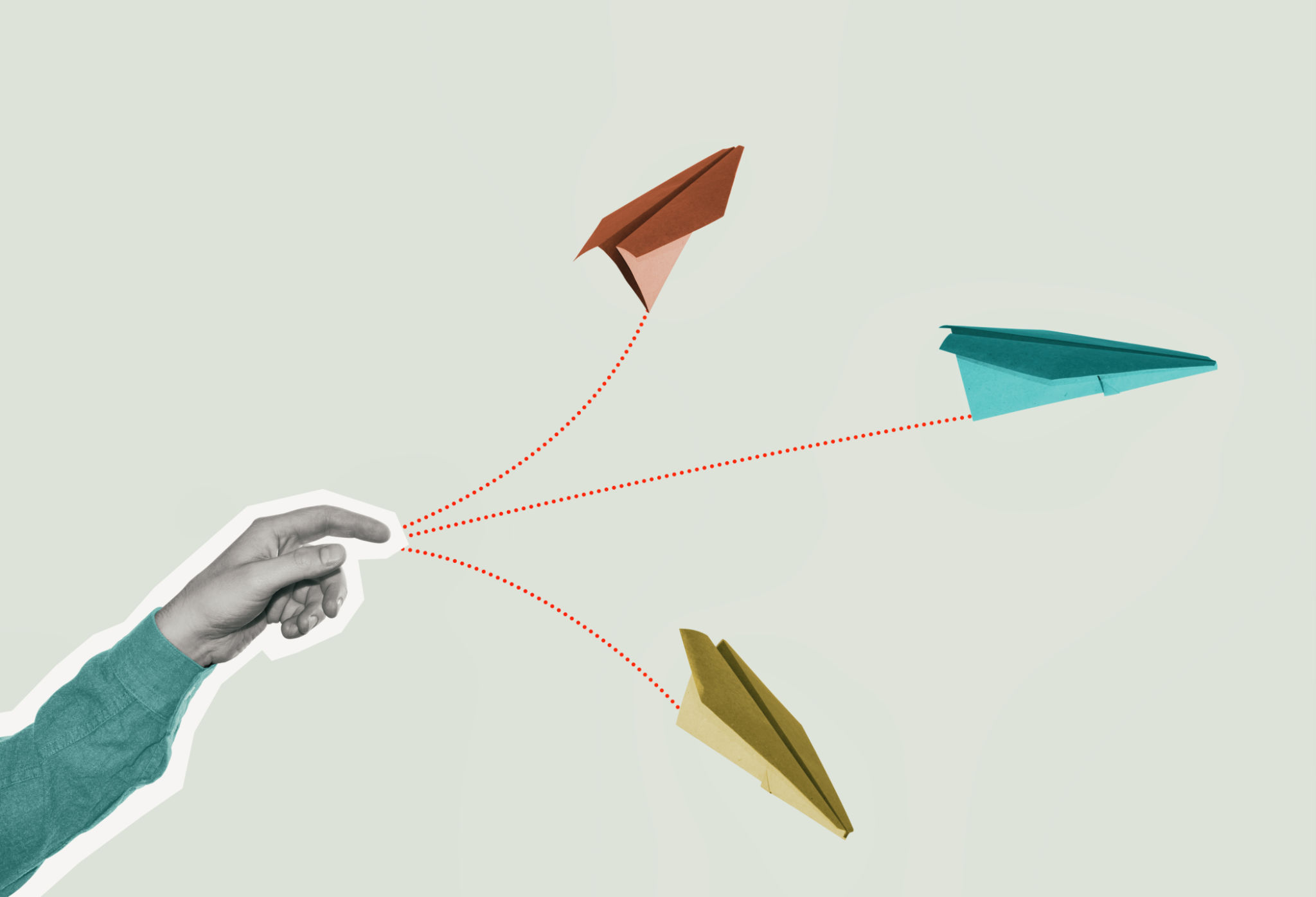The Evolution of Mosaic Art in Alicante: Past, Present, and Future
The Historical Roots of Mosaic Art in Alicante
Mosaic art has a rich and storied history in Alicante, tracing back to the ancient Roman times when this vibrant form of artistic expression first took hold. The region's archaeological sites reveal stunning examples of Roman mosaics, showcasing intricate designs and vibrant colors that have withstood the test of time. These early mosaics were not only decorative but also served as a testament to the wealth and sophistication of their owners.
The influence of Moorish culture during the medieval period also left a significant mark on Alicante's mosaic art. The Moors introduced new techniques and patterns, such as geometric designs and arabesques, which became integrated into the local artistic traditions. These influences are still visible today, reflecting the region's diverse cultural heritage.

Modern Mosaic Art in Alicante
In contemporary times, Alicante has embraced mosaic art in new and exciting ways. The city is home to numerous public art installations that feature stunning mosaics, often created by local artists. These modern mosaics can be found adorning walls, benches, and even pavements, adding a splash of color and creativity to the urban landscape.
One of the most iconic examples of modern mosaic art in the city is the Explanada de España, a famous promenade lined with palm trees and decorated with a wavy mosaic pattern. This vibrant walkway is a beloved spot for both locals and tourists, embodying the lively spirit of Alicante.

The Role of Technology in Mosaic Art
The advancement of technology has opened up new possibilities for mosaic artists in Alicante. Digital tools and software allow artists to experiment with designs and colors before committing them to physical form. This technological evolution has made it easier for artists to create more complex and detailed mosaics, pushing the boundaries of what is possible in this ancient art form.
Moreover, the use of modern materials, such as glass and recycled elements, has expanded the range of textures and effects that artists can achieve. This fusion of traditional techniques with contemporary materials and technology ensures that mosaic art in Alicante continues to evolve and captivate audiences.

The Future of Mosaic Art in Alicante
Looking ahead, the future of mosaic art in Alicante appears to be bright and promising. As interest in sustainable and eco-friendly art grows, mosaic artists are increasingly exploring ways to incorporate recycled materials into their work. This not only adds an element of environmental consciousness but also introduces new textures and colors to their creations.
Additionally, community-based mosaic projects are gaining popularity, encouraging collaboration among local residents and artists. These projects not only beautify public spaces but also foster a sense of community and shared cultural identity, ensuring that the tradition of mosaic art remains alive and vibrant in Alicante.

Conclusion: A Timeless Tradition
The evolution of mosaic art in Alicante is a testament to the region's rich cultural tapestry and its ability to adapt and innovate over time. From its ancient Roman roots to its modern interpretations, mosaic art continues to be a powerful form of expression that reflects the history, creativity, and future aspirations of Alicante.
As the city embraces new technologies and sustainable practices, mosaic art will undoubtedly continue to evolve, captivating audiences with its beauty and resilience. Whether through public installations or community projects, mosaic art remains an integral part of Alicante's cultural identity, promising to inspire and enchant for generations to come.
